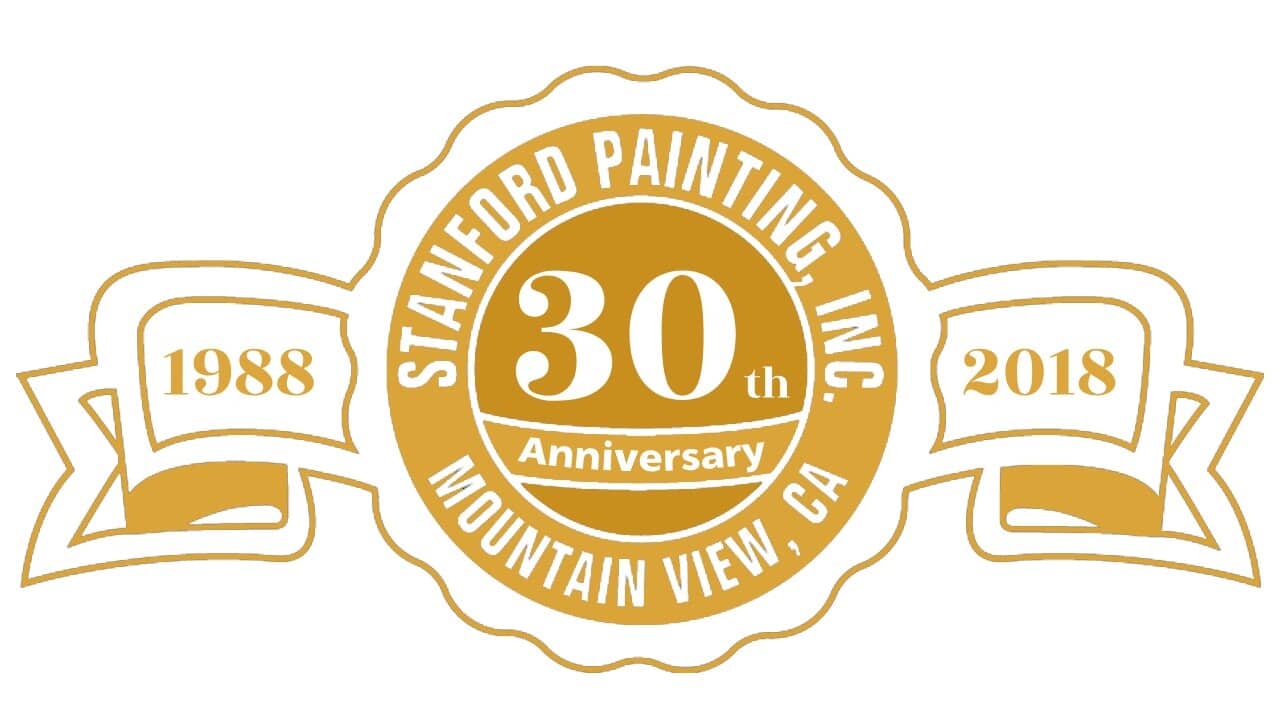How to Properly Store Paint
ENJOY YOUR OUTDOOR SPACES
Monday, July 22, 2019 4:09 PM Stanford Painting, Painter, Store paint, paint storage, properly store paint
Gallons and gallons of paint are wasted each year due to poor paint preservation. Don’t add to the paint pile and save some strokes! With a few tips, you can learn how to properly store paint, so you can reuse leftovers for your future projects, saving you time and money.
Save Some Strokes:
- Name & Label: You just finished painting your bathroom a fresh lilac color and there’s about half a can leftover. What’s your next step? First, name your paint by its color and room that it was used in. Label the can with a permanent marker, so you don’t have to reopen the can. While you’re writing the name down, include what mix what used to make this specific color. You never know, you might need this color again for future knicks and scratches on the walls that need touch-ups or another coat.
- Storage & Temperature: The most important detail to remember when storing paint, is temperature. The room can’t be too humid, too hot, too cold, and so on. Store your paint in a dry, cool room, especially during hot and humid summers. Keep in mind, a garage or shed might not be the best place to store during the summer because of the heat factor.
- Repackage & Reseal: Remember to always make sure your paint is in an airtight container. This could mean, using a mason jar as a new way to store! Avoid using a screwdriver or hammer to open and close your paint, instead, consider using a paint can opener. A paint can opener reduces the risk of denting your paint can, which leads to air getting into the can. Another way to ensure your paint is fresh is by covering it with plastic wrap. This is an extra touch that is unnecessary but will ultimately help. Place the plastic wrap under the lid before sealing.
- Reuse & Save: Before you reuse your paint, DO NOT shake the paint. Any leftover rust or residue will mix with the paint, possibly changing its color. Along with checking for rust, the hard paint skin should also be removed, if it formed while being stored. Instead, stir the paint so it can return to its original state. Without stirring, you won’t get the same color you originally started with. Some of the paint mixture will settle on the bottom and separate.
For most people, their property is their most important investment. Top quality painting is a key element in protecting and enhancing that investment, which is why so many families and businesses have chosen Stanford Painting. Stanford Painting is a local, family-owned firm that has been providing San Francisco Bay Area customers with exceptional quality and service for over a quarter-century. We have extensive experience in both interior and exterior jobs, and provide a special combination of expertise.; clean, orderly job sites; use of high quality, lead-safe materials; careful attention to every detail; responsive customer service; and a 5-year warranty. For more information about Stanford Painting, visit our website at stanfordpainting.com or give us a call at (650) 321-9302. Find us on Facebook to stay up to date on our latest news!












